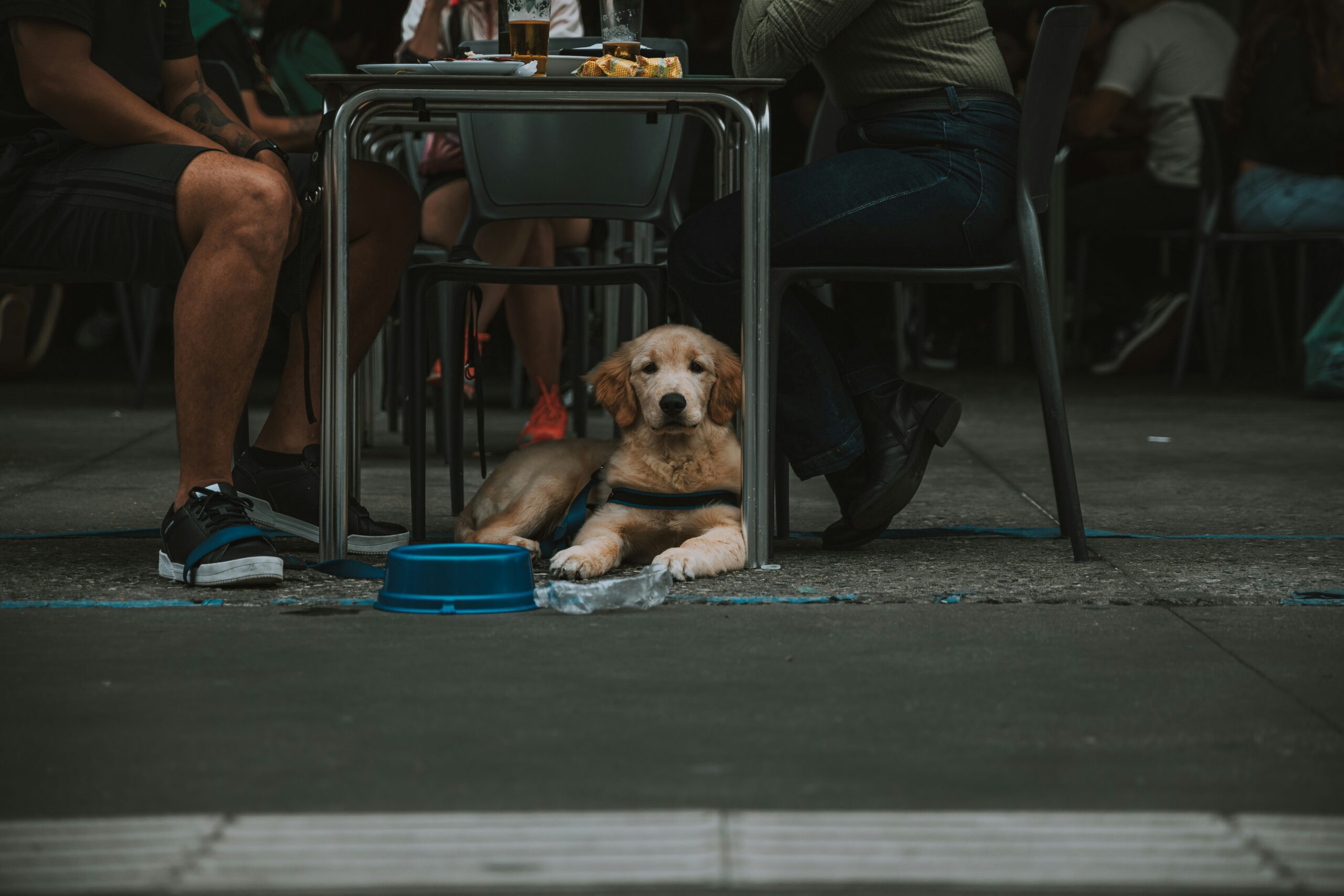Contents
Changing your pet’s diet can be necessary for various reasons, such as improving their overall health, accommodating an age-related condition, or introducing them to a new, better-quality food. However, transitioning your pet from one food to another must be done cautiously to avoid causing digestive issues. Sudden diet changes can result in an upset stomach, diarrhea, or even vomiting. So, what’s the best way to make a smooth transition while maintaining your pet’s digestive health? In this blog, we’ll share the proper method for changing your pet’s diet without causing digestive disturbances.
Why You Shouldn’t Change Your Pet’s Diet Suddenly
When you introduce a new food to your pet, their digestive system may need time to adjust. Abruptly switching foods can shock the stomach, especially if the new food has different ingredients or is more difficult to digest. Pets are particularly sensitive to sudden changes in their nutrition, and this can lead to stomach upset, diarrhea, and vomiting. Therefore, a gradual transition is the key to ensuring your pet can adjust to the new diet without discomfort.
Steps for Transitioning to a New Pet Food
The best way to change your pet’s diet without causing digestive issues is to transition gradually. Here’s a step-by-step guide on how to do it:
Step 1: Start Slowly
Begin by replacing only a small portion of your pet’s current food with the new food. For the first few days, mix 25% of the new food with 75% of the old food. This gradual introduction allows your pet’s digestive system to adjust to the new food without overwhelming it.
Step 2: Gradual Increase
Over the course of 7–10 days, slowly increase the percentage of the new food while reducing the old food. The ideal ratio is:
- Days 1-3: 25% new food, 75% old food
- Days 4-6: 50% new food, 50% old food
- Days 7-10: 75% new food, 25% old food
- After Day 10: 100% new food
Step 3: Monitor for Digestive Issues
During the transition, closely monitor your pet’s health. Watch for signs like diarrhea, vomiting, or excessive gas. If your pet shows any signs of distress, it might be necessary to slow down the transition process. You can go back to the previous ratio for a few days before increasing the percentage of new food again.
Step 4: Make Adjustments if Needed
If your pet shows signs of food sensitivity (e.g., diarrhea, itching, or vomiting), consider extending the transition process for a longer period (up to 14 days). If the symptoms persist, it might be necessary to consult your vet for advice or possibly try a different food.
Why Gradual Changes Are Best for Pets
Gradual changes in your pet’s diet are best because they allow your pet’s digestive system to adapt to the new food. Changing food abruptly can cause an imbalance in the digestive flora (bacteria) that help break down food. By mixing the new food with the old, your pet’s stomach gets a chance to adjust to the new ingredients at a slower pace, reducing the likelihood of digestive upset.
What to Do If Your Pet Experiences Digestive Issues
Even with a slow transition, some pets may still experience mild digestive upset. If your pet has slight gas, soft stools, or low-level vomiting, it’s usually not a cause for concern and should resolve itself within a few days. If the symptoms persist or worsen, it’s important to consult your vet. They may recommend a different food or investigate other causes, such as food allergies or gastrointestinal conditions.
Hydration Is Key
If your pet experiences diarrhea or vomiting, ensure they remain hydrated. Dehydration can worsen their condition. Always offer fresh water and, if necessary, provide an electrolyte solution for pets. Hydration helps the digestive system recover and may speed up the healing process.
Consider Consulting with Your Veterinarian
If you’re uncertain about what food to switch to or if your pet has specific dietary needs, it’s always a good idea to consult with your vet. They can recommend the best food for your pet’s condition, age, and lifestyle, whether it’s a grain-free diet, low-fat food, or specialized food for sensitive stomachs.
At Kainer Veterinary Hospital, our team is always here to help with any dietary questions and concerns you might have about your pet’s health. We can provide guidance on the best food options for your pet and help you create a plan for a smooth transition.
Final Thoughts
Changing your pet’s diet is an important decision that should be done with care. A gradual transition ensures that your pet’s digestive system adapts to the new food without issues. By following these simple steps and consulting with your vet when necessary, you can ensure that your pet enjoys their new food while staying healthy and comfortable.
For more information on your pet’s health, or to book a consultation with one of our veterinarians, please contact us or call (936) 321‑2000 today!


